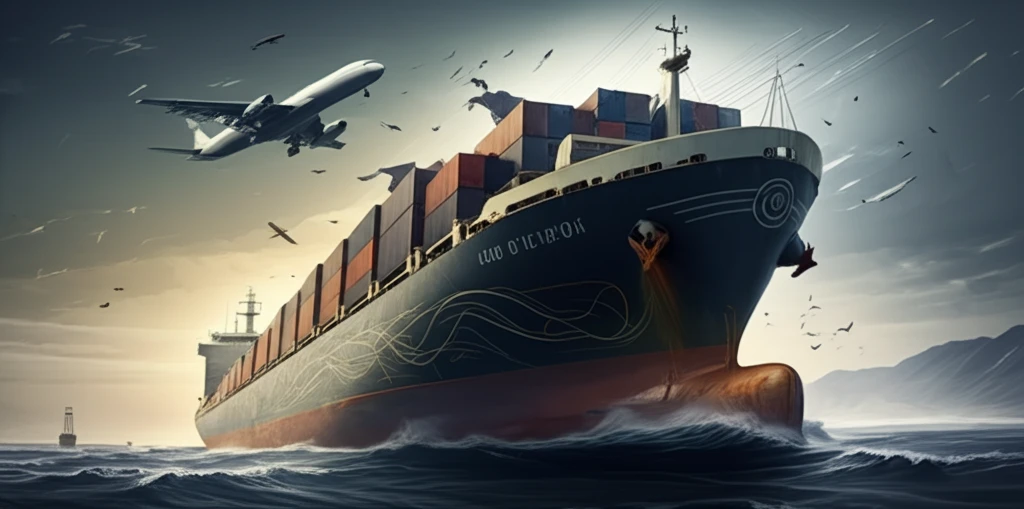
Sailing Smarter: How Advanced Ship Modeling Can Cut Fuel Costs and Environmental Impact
"Unlock fuel efficiency gains and reduce emissions with cutting-edge 4DOF ship simulation models, revealing the secrets to eco-friendly maritime operations."
For centuries, the shipping industry has been the backbone of global trade, silently powering the world's economy. However, this critical sector also carries a significant environmental footprint, primarily due to its heavy reliance on fossil fuels. As awareness of climate change grows, pressure mounts on the maritime industry to adopt more sustainable practices and reduce its carbon emissions.
One promising avenue lies in the development and implementation of advanced ship simulation models. Traditional models often oversimplify the complex forces acting on a vessel at sea, leading to inaccurate fuel consumption predictions and suboptimal operational decisions. However, a new generation of simulation tools, incorporating four degrees of freedom (4DOF), is emerging to provide a more realistic and comprehensive picture of ship performance.
These 4DOF models account for the interplay of surge, sway, yaw, and heel, capturing the effects of wind, waves, and currents with unprecedented accuracy. By integrating these environmental factors, these models can help ship operators optimize routes, reduce fuel consumption, and minimize their environmental impact. This article explores the capabilities of 4DOF ship simulation models and their potential to revolutionize the maritime industry.
Why 4DOF Simulation Matters: A Deep Dive

Traditional ship performance analyses often rely on simplified models that focus primarily on longitudinal forces, neglecting the crucial influence of side forces, yaw, and heel moments. These simplified models might be adequate for sea trial conditions with calm weather and minimal wind, but they fall short in real-world scenarios with varying wind and wave angles.
- Surge: The ship's forward motion.
- Sway: The ship's lateral movement.
- Yaw: The ship's rotation around a vertical axis.
- Heel: The ship's tilting to one side.
Looking Ahead: The Future of Maritime Efficiency
As the maritime industry faces increasing pressure to reduce its environmental impact, advanced simulation models like ShipJOURNEY offer a powerful tool for optimizing ship performance and reducing fuel consumption. By integrating weather routing, wind-assisted propulsion, and sophisticated engine models, these tools empower ship operators to make data-driven decisions that benefit both their bottom line and the planet.

